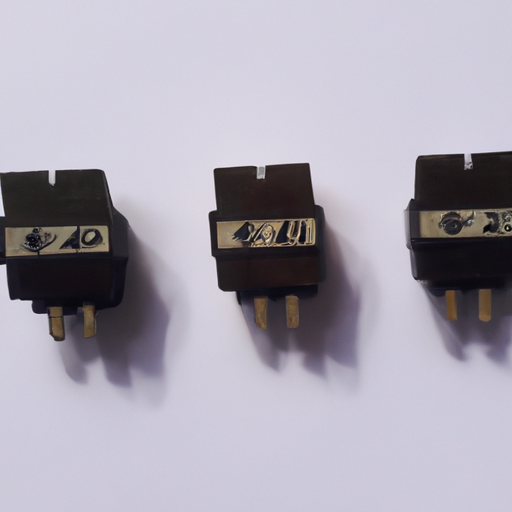Overview of Photointerrupters - Slot Type - Logic Output
Photointerrupters, particularly slot-type with logic output, are critical components in various electronic systems where precise detection of objects or interruptions in light beams is necessary. Their design and functionality make them suitable for a wide range of applications, from industrial automation to consumer electronics.
Core Functional Technology
| 1. Basic Operation | |
| 2. Logic Output | |
| 3. Types of Photointerrupters | |
| 4. Advantages | |
| 1. Industrial Automation | |
| 2. Consumer Electronics | |
| 3. Robotics | |
| 4. Automotive Applications | |
| 5. Medical Devices | |
| 1. Technical Papers | |
| 2. Application Notes | |
| 3. Case Studies | |
| 4. Datasheets |
Application Development Cases
Articles and Resources
Conclusion
Photointerrupters - Slot Type - Logic Output are versatile and essential components in modern electronics and automation. Their ability to provide reliable, fast, and accurate detection makes them invaluable across various applications, from industrial automation to consumer electronics and beyond. Understanding their technology and applications can lead to innovative solutions in diverse fields, enhancing efficiency and safety in numerous systems.






